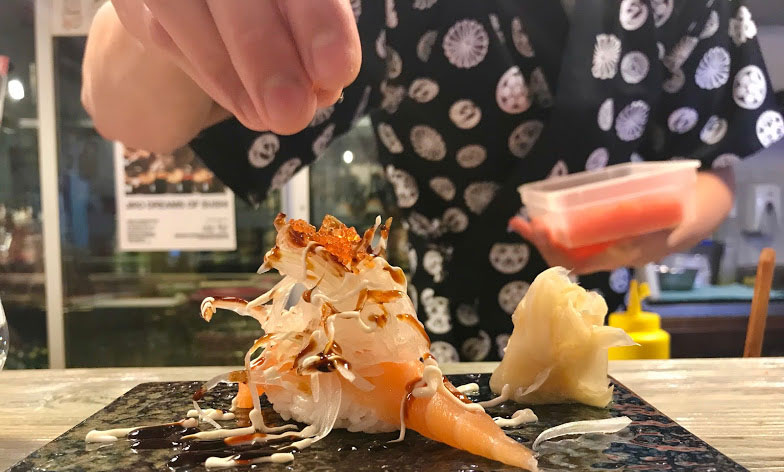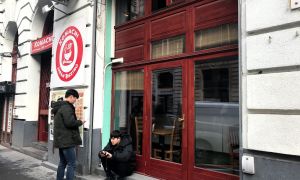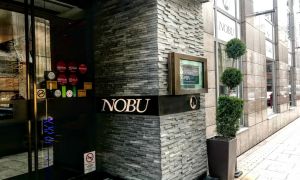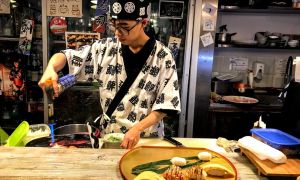Japanese food is surprisingly solid in Budapest – the Japanese expat community together with Hungarian fans of Japanese cuisine are able to sustain a dozen or so restaurants. Some serve everyday Japanese dishes such as donburi, curry, karaage, and ramen while others traffic in sushi and sashimi and other seafood.
Komachi is an unfussy Japanese restaurant in Budapest's old Jewish Quarter specializing in everyday dishes. For a Central Europe-based restaurant, there's a refreshingly wide range of Japanese foods here including ramen, tonkatsu, curry, karaage, and donburi. The ramens are available with three types of broths and come with springy noodles and slow-cooked pork shoulder. The karaage, bits of deep-fried chicken thigh, is exactly as it should be — crunchy on the outside, delicate on the inside; just like one would find at a Tokyo street vendor. The only letdown is the unremarkable curry.
Japanese beers (Sapporo, Kirin Ichiban, Asahi) and a couple of sakes are also served. Prices are reasonable, although portions are on the small side. Komachi is popular among employees of the local Japanese embassy and most nights at least half of the customers are Asian. Note that the kitchen closes at 9 p.m.










